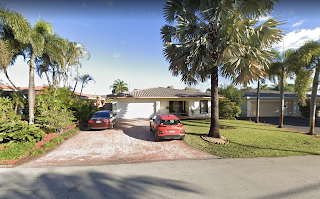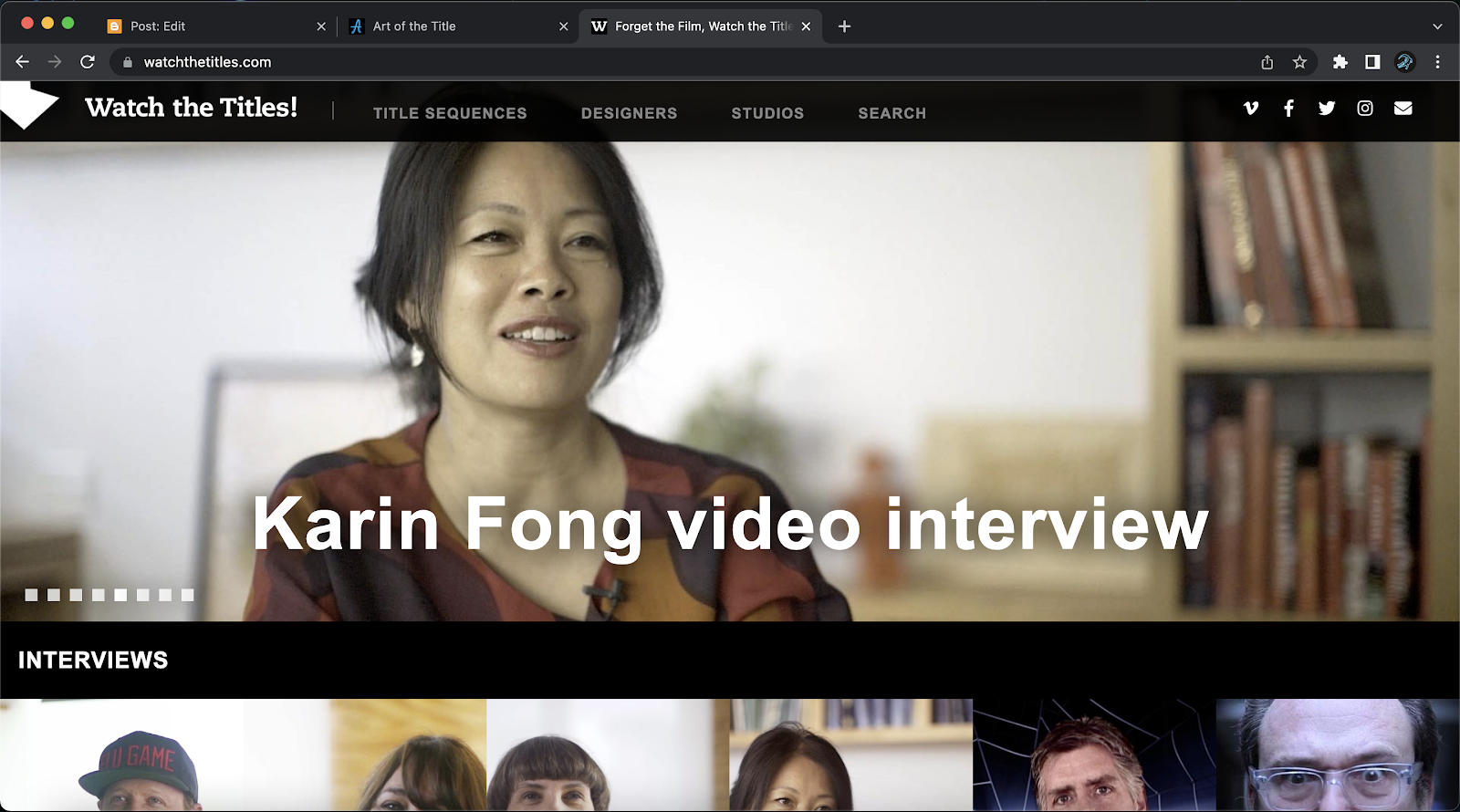Other Info

Schedule- 3/5-3/6: Filming will begin, and should get done in one day, however one extra day is allotted for any miscalculations. 3/8: Any non-diegetic sounds will be recorded. This will also be the day I review the film I have collected. 3/10-3/11: Editing will begin. I will use iMovie to edit my film, as it is easy to piece together various scenes and sound design. 3/12-3/13: Editing will be done by the 12th and any extra final touches or scenes that need to be re-shot will be done on the 13th. Location- In addition to my house (shown below), there are two other filming locations. Scenes 1, 5, 6, 7, 8 ,9, and 10 will be filmed here. Holy Cross, a nearby hospital, will be used for the stairs scene. (Scene 2) For the last location, an office building will be used for the establishing shot in scene 3. Participants- Actors: Jacob Pineiro, Eva Lopez, Andrew Geis. Filming: Eva Lopez Editing: Jacob Pineiro Directing: Jacob Pineiro Health and Safety- I have ensured that dangers of this pr
